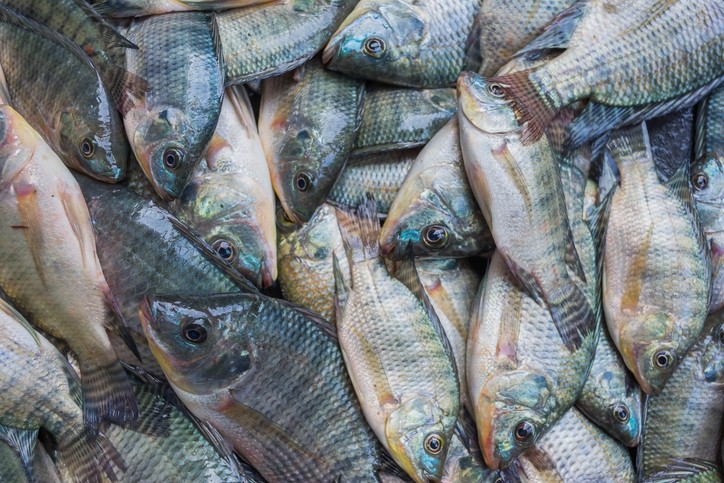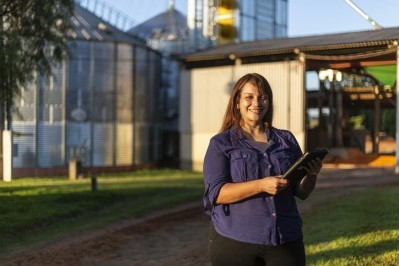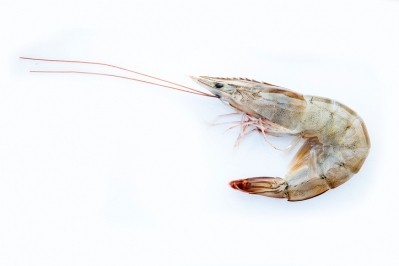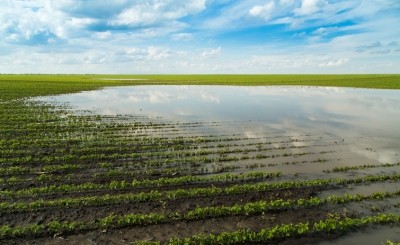Special Edition: Latin American Feed Market
Brazilian aquaculture expands despite disease, regulatory concerns

We caught up with João Alves, aquafeed product manager with Guabi Animal Nutrition and Health in Brazil to gain a deeper perspective on the aquaculture industry as it continues to develop in Brazil. The company produces feed for several different farmed aquaculture species, along with other production animals.
The Brazilian aquaculture production industry continues to expand, he said.
“Our estimations are of around 8% for fish and 3-5% for shrimp.
“The Brazilian economy is recovering and this is good for the aqua sector."
In the 1990s, the country produced about 30,000 tons of aquaculture products, by 2002 that amount had reached 246,183 tons, reported the Fisheries and Aquaculture Department of the UN's Food and Agriculture Organization (FAO). The majority of production stemmed from finfish, followed by crustaceans, and mollusks.
Feed production for aquaculture in 2003 was about 263,000 tons, the FAO data shows. By 2016, that had reached 1.10m metric tons according to the Alltech global feed survey.
However, challenges remain said Alves.
“In Brazil, the bottleneck is the regularization (environmental licenses) of the farms,” he said.
Producers and industry members do see challenges in terms of disease, extreme weather conditions like drought or flooding. "But those do not happen every year."
“But license difficulties - it seems those will last forever,” he added.
Industry trends
The country estimates it will generate about 80 to 85 metric tons of shrimp, predominately L. Vannamei (whiteleg shrimp), and about 680 to 700 metric tons of fish this year, said Alves.
“Almost 50% is tilapia and almost 40% is what we call round fish, three species of Colossoma genus and their hybrids,” he said. “There’s also trout, no more than 5 metric tons a year and other native species like our big catfish, 3-4 species and their hybrids – these species are farmed all over the country.”
Guabi manufactures a range of feed for different types of fish production, he said. The majority of the feed it produces goes to fish producers, while about 15% of feed sales are shrimp market related.
“We produce general feeds, but also some specialties, like special feed for tilapia, broodstock and carnivorous catfish,” he added. “We are improving our cobia feed, that is performing very well.”
In addition to overall feed production, there is growing interest in the use of alternatives to fishmeal or, more typically in Brazil to fish by-product meal. Algae derived DHA is also being incorporated into feeds, he said.
Producers do face challenges from several diseases: “The most important are Streptococcus for tilapia, White Spot Syndrome Virus and Vibriosis for shrimp,” said Alves.
Looking forward, Brazilian based aquaculture feed producers are innovating, he said. “I believe feed will, no longer, be simply [about supplying] nutrients,” he added.
“Functional feeds will be required by the farmers to [help with] survival, disease resistance, fast growth, [or to] add some quality to the flesh, [or] color, and so on,” he said. “This is where we are looking at in the future.”
















